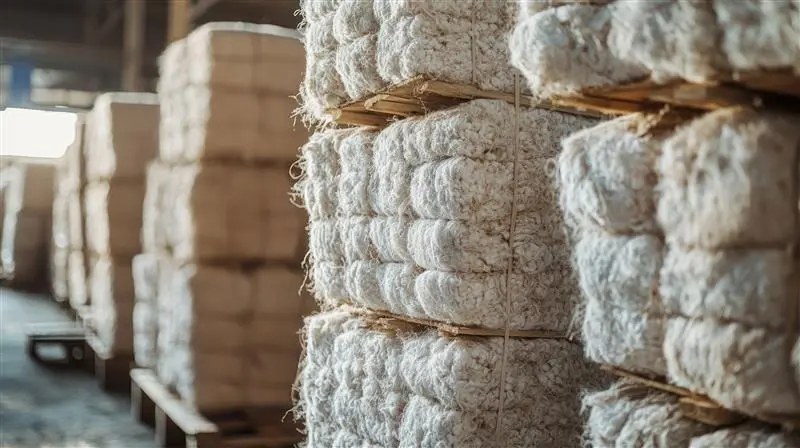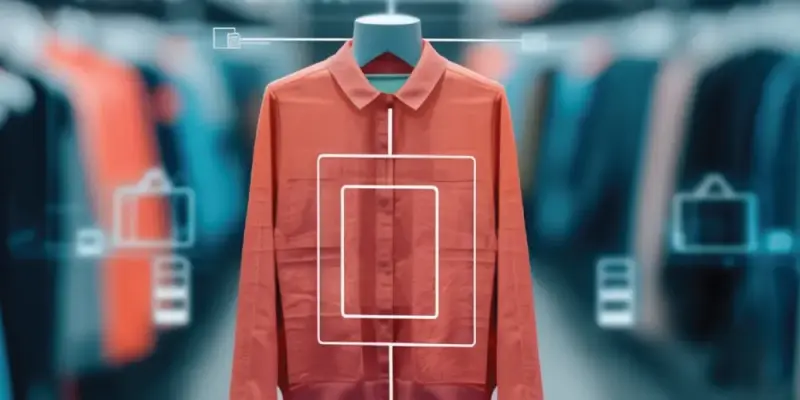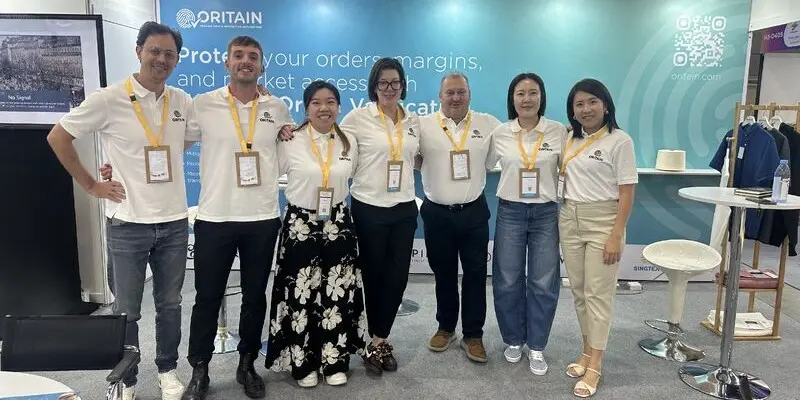Reflections on Two Years of the Uyghur Forced Labor Prevention Act (UFLPA) from Ana Hinojosa
By Ana Hinojosa | 25 June 2024
minutes to read.

June 21, 2024, marks the second anniversary of the UFLPA coming into effect, and its impact on global trade patterns and supply chains is increasingly evident.
The Act establishes a “rebuttable presumption” that the importation of any goods mined, produced, or manufactured, wholly or in part, in the risk origins, or produced by an entity on the UFLPA Entity List, is prohibited under U.S. forced labor law.
Since its implementation, UFLPA enforcement led by U.S. Customs and Border Protection (CBP) has significantly disrupted import and supply chain dynamics, particularly in industries dependent on high-risk regions.
For instance, brands and retailers in the textile industry, which relies heavily on raw materials like cotton from such regions, has been a primary target of this enforcement. In the two years since, CBP has detained over 8,000 shipments worth $4 billion, and only around 40 percent of those were eventually released.
Cracking down on forced labor
Recently, the Forced Labor Enforcement Task Force (FLETF), chaired by U.S. Department of Homeland Security (DHS), added 26 new entities to the list, bringing the total to 65 entities restricted from entering the U.S. market. This expansion reflects the U.S. government’s commitment to identifying and stopping businesses that use forced labor in their supply chains.
DHS Secretary Alejandro Mayorkas reiterated the severity of this issue, stating that “forced labor will not be tolerated in our nation’s supply chains.” This sentiment was echoed by DHS Under Secretary for Policy Robert Silvers, who emphasized the necessity for companies to conduct due diligence and know the origins of their products.
Clearly, enforcement is set to intensify.
CBP has access to several databases and systems that allow them to evaluate relationships and supply chains, gain transparency and information on the types of business relationships underway from a global perspective, and use that information to evaluate risk. This means importers can no longer feel comfortable knowing only who they are purchasing the final product from; they must also understand who their suppliers are doing business with.
With so much risk involved in manufacturing textile and fashion products – from complex supply chains to different tiers of manufacturing – importers must take a deeper look into their supply chain using technology solutions. It’s crucial to use these tools to gain the necessary transparency and ensure that their contracts allow them to request and receive accurate information from all actors in the supply chain.
However, simply relying on supplier documentation is not enough. Importers need to take further action to verify the accuracy of the information they receive, which could involve conducting site visits, audits, or implementing other verification processes.
Enhanced enforcement and future implications for importers
The DHS recently announced enhanced enforcement efforts through intensified targeting of small package shipments through physical inspections; country-of-origin, isotopic, and composition testing; and in-depth reviews of documentation. They have their own internal testing capability to test more products and evaluate the risk of certain materials entering the U.S.
They also clarified to Congressional representatives that products under the de minimis rule are not exempt from UFLPA enforcement. In other words, there is no lower limit for compliance. We can anticipate more stringent enforcement on low-value shipments and an increase in detentions, particularly as the government improves its risk assessment through isotopic testing.
We can also expect to see a rise in the number of entities added to the entity list. Businesses must closely monitor this list and thoroughly examine the beneficial ownership of those companies that could impact suppliers in their immediate supply chain.
If fashion and textile companies are not already conducting isotopic testing, now is a good time to start, as the government is already using it to evaluate the risk of products.
To learn more about the UFLPA and how isotopic testing can help businesses comply with the requirements, contact us to speak with one of Oritain's team of experts.
Disclaimer: The information provided in this document does not and is not intended to constitute legal advice. Instead, all information presented here is for general informational purposes only. Counsel should be consulted with respect to any particular legal situation.





